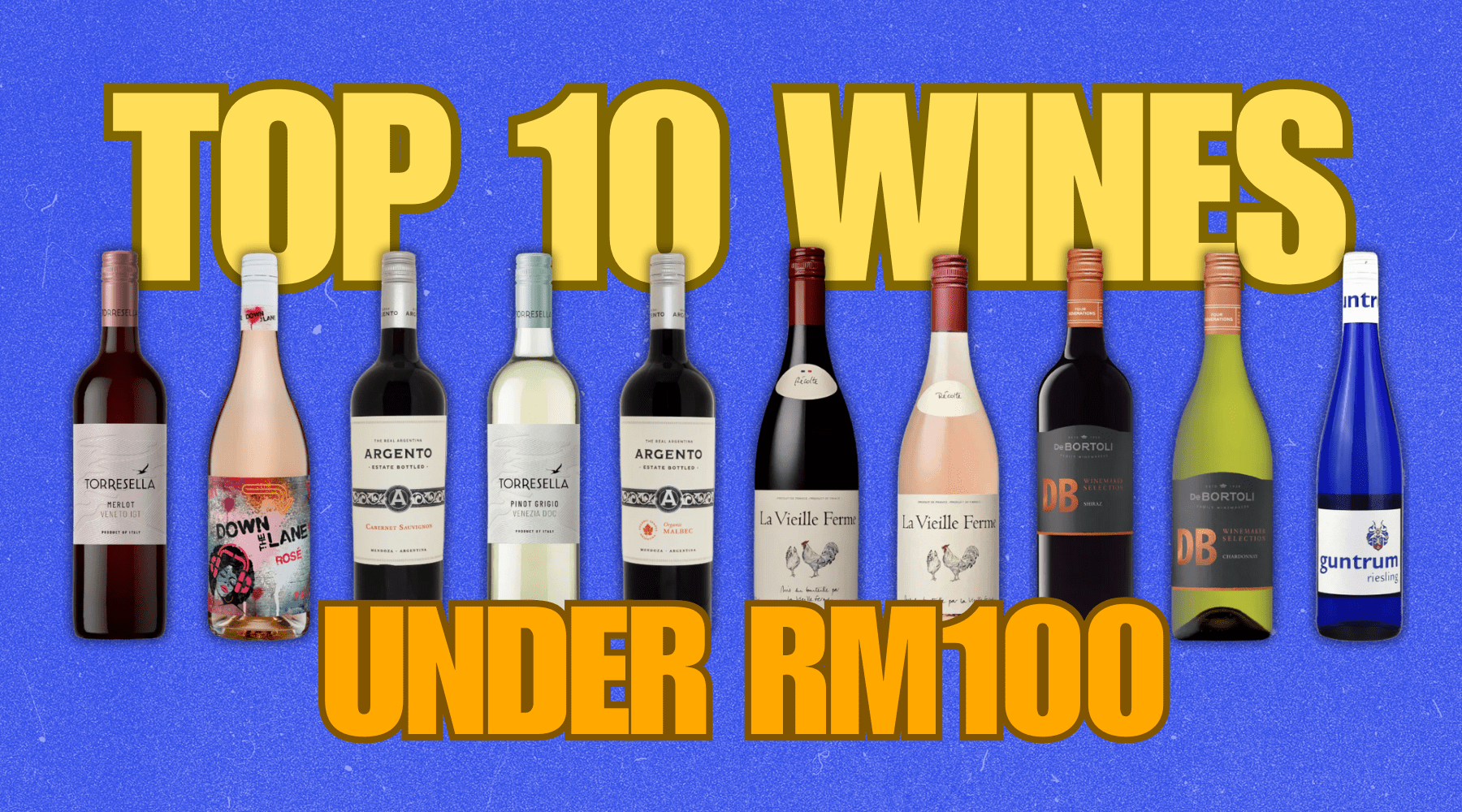Wine Jargon 101: 8 Simple Terms Every Beginner Should Know

Ever heard someone describe a wine as having “a crisp nose with a long finish” and felt completely lost? You are not alone. Wine has its own vocabulary, and at first, it can feel like you need a translator just to order a glass.
The truth is, you only need a handful of words to start feeling confident. With these eight simple terms, you will be able to understand your wine better and talk about it with ease — whether you are enjoying a quiet dinner at home, ordering at a restaurant, or exploring our wine collection.
1. Nose 👃🏻
The “nose” is simply the aroma of the wine. Swirl your glass, take a sniff — you’re smelling its nose. You might pick up fruit, flowers, herbs, spices, or even earthy notes.
💡 How to know what’s good:
Strong nose: Bold, complex aromas that make you want to sip immediately.
Faint nose: Subtle scents that may open up with time in the glass.

2. Body 🍷
Body is how light or heavy a wine feels in your mouth. Think of it like skim milk versus full cream — same liquid, different weight.
💡 How to know what’s good:
Light-bodied: Refreshing, delicate — great for summer sipping.
Full-bodied: Rich, bold — perfect for hearty dishes.

3. Tannins 🍇
Tannins come from grape skins, seeds, and stems. They give wine that dry, slightly puckery feeling — especially in reds.
💡 How to know what’s good:
High tannins: Firm, grippy texture — pairs beautifully with steak or fatty foods.
Low tannins: Smooth, soft — easy-drinking and food-friendly.

4. Finish 🌀
The finish is the flavour that lingers after you swallow. A long, pleasant finish often signals a quality wine.
💡 How to know what’s good:
Long finish: Layers of flavour that stay with you.
Short finish: Clean, crisp, and gone in a flash.

5. Terroir ⛰️
A French term for the natural environment where grapes grow — climate, soil, terrain — all shaping the wine’s personality.
💡 How to know what’s good:
Distinct terroir: Unique, memorable flavour profile.
Neutral terroir: Easy-drinking but less distinctive.

6. Vintage 1️⃣9️⃣9️⃣8️⃣
The vintage is the year the grapes were harvested. It’s about the growing season, not how old the wine is.
💡 How to know what’s good:
Great vintage: Ideal weather that brings out the best in the grapes.
Challenging vintage: Can still be good — often lighter or more unusual.

7. Dry 🥂
In wine-speak, “dry” means not sweet. Most reds and many whites fall here.
💡 How to know what’s good:
Dry: Crisp, savoury — great for food pairing.
Sweet: Fruity, dessert-friendly — lovely on its own or with cheese.

8. Crisp 🍏
Crisp wines have lively, refreshing acidity. They taste bright and zesty — perfect for warm weather or lighter meals.
💡 How to know what’s good:
High acidity: Zesty, mouthwatering — great for seafood and salads.
Low acidity: Softer, smoother — better for creamy dishes. Good crispness feels fresh, not sour.

Your Next Glass, Made Simple





